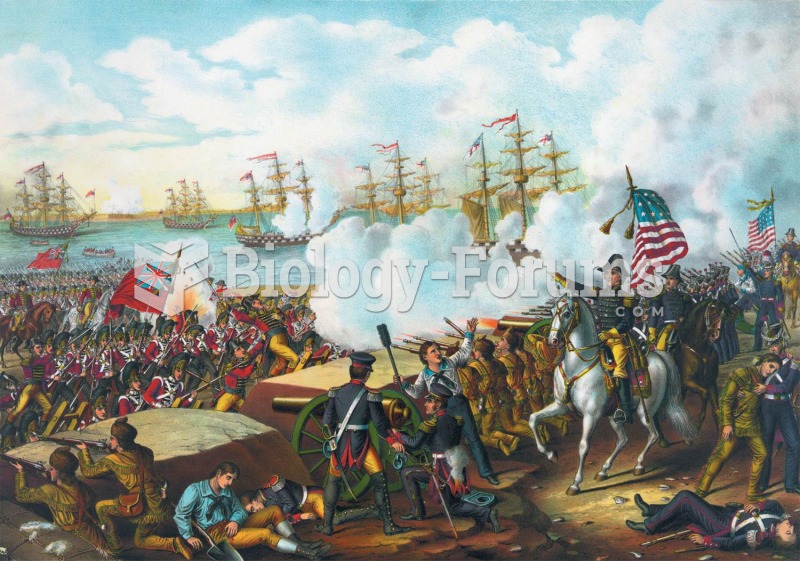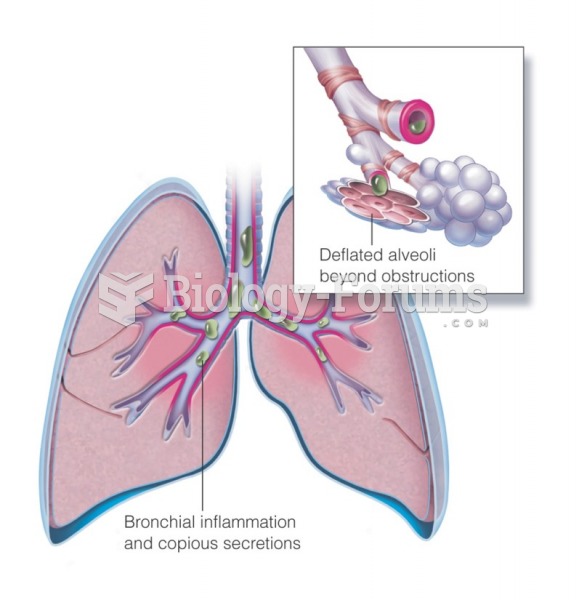Answer to Question 1
Yoga exercises are quite beneficial to enhance flexibility and may also help relieve chronic back pain better than conventional medicine. A review of seven studies analyzing the impact of yoga on low back pain and function showed that overall, yoga was found to significantly reduce pain and increase function in patients suffering from chronic low back pain. Iyengar yoga in particular, has been shown to relieve chronic low back pain. Following 24 weeks of biweekly classes, yoga participants had greater improvement in functional disability, along with a decrease in pain intensity and low back-pain-related depression. These benefits were still present 6 months after the end of class participation.
Answer to Question 2
Answer can include any of the following recommendations.
Here are 8 Tips for Improving Your Computer Workspace:
Center your monitor and keyboard in front of you with the top of the monitor at or below eye level. Be sure your monitor viewing distance is at about an arm's length away to prevent eye strain.
Rest your feet flat on the floor and position your knees at or below hip height. Use a footrest if your feet don't comfortably reach the floor or lower the keyboard and chair.
Adjust the height of your chair so your elbows are at about keyboard level with your wrists positioned straight and in-line with your forearms. Use a wrist rest if needed to ensure minimal bend at the wrists.
Place the mouse next to the keyboard to keep your arms and elbows close to your body as you work. Use a mouse pad to protect your hands and forearms from pressing against the hard surface of the desk.
Adjust the incline of your chair to provide good support for your lower back. Use a small pillow or lumbar support cushion if needed.
Reduce screen glare. Tilt or reposition the monitor as needed, and clean the screen regularly. Set the screen contrast and brightness for comfortable viewing.
Take frequent short breaks, 10 minutes per hour of sitting. Breaks can include stretching, walking around, or standing/walking while talking to others.
Be mindful to correct your sitting posture often.







